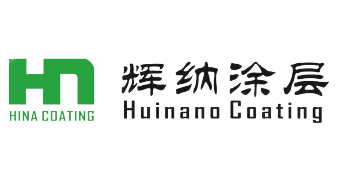Physical vapor deposition (PVD), sometimes (especially in single-crystal growing environments) called physical vapor transfer (PVT), describes a variety of vacuum deposition methods that can be used to produce thin films and coatings. PVD is characterized by a process in which the material changes from the condensed phase to the gas phase and then back to the thin film condensed phase. The most common PVD processes are sputtering and evaporation. PVD is used to manufacture films needed for mechanical, optical, chemical or electronic functions. These include semiconductor devices such as thin-film solar panels, aluminized PET films for food packaging and balloons, and titanium nitride coated cutting tools for metal processing. In addition to PVD tools for manufacturing, special small tools have been developed (mainly for scientific purposes).
Advantages:
1. PVD coatings are sometimes harder and more corrosion resistant than coatings used in electroplating processes. Most coatings have high temperature and good impact strength, excellent wear resistance, and are very durable with little need for protective topcoats.
2. The ability to use almost any type of inorganic and some organic coating materials on substrates and surfaces with the same variety of finishes.
3. It is more environmentally friendly than the traditional coating process such as electroplating and spray painting.
4. More than one technique can be used to deposit a given film.
Disadvantages:
1. Limitations may be imposed by specific technologies; For example, line-of-sight diversion is typical of most PVD coating technologies, however, some methods can completely cover complex geometry.
2. Some PVD technologies typically operate at very high temperatures and vacuums, requiring special attention from the operator.
3. Cooling water system is needed to distribute a large amount of heat load.
